“So what? Android users get lime-green chat bubbles. What’s the big deal?” some may say.
If you, as an iPhone user, ever caught yourself thinking, “Green?! Ugh! It’s a lowly Android user!” you’ve been played like a fiddle — or better yet — a pawn in one of Apple’s most successful psychological marketing campaigns in its history. Hell, I’d even go as far as saying that the Cupertino-based tech giant’s iMessage color-differentiation strategy is pure genius.
Color differentiation seems relatively innocuous. How could something as harmless and inoffensive as dissimilar hues cause such a stir? Well, think about it. Even complexion variation, one of the most frivolous, silliest things one can fixate on, has sparked superiority and inferiority complexes among humans, so it’s not far fetched that color psychology in marketing incites similar effects, right?
Sitting in their ivory tower, I can’t help but humorously wonder if Apple brainstormers once came together and asked, “Think! What’s the most repulsive color that will cultivate an extreme aversion to Android owners?”
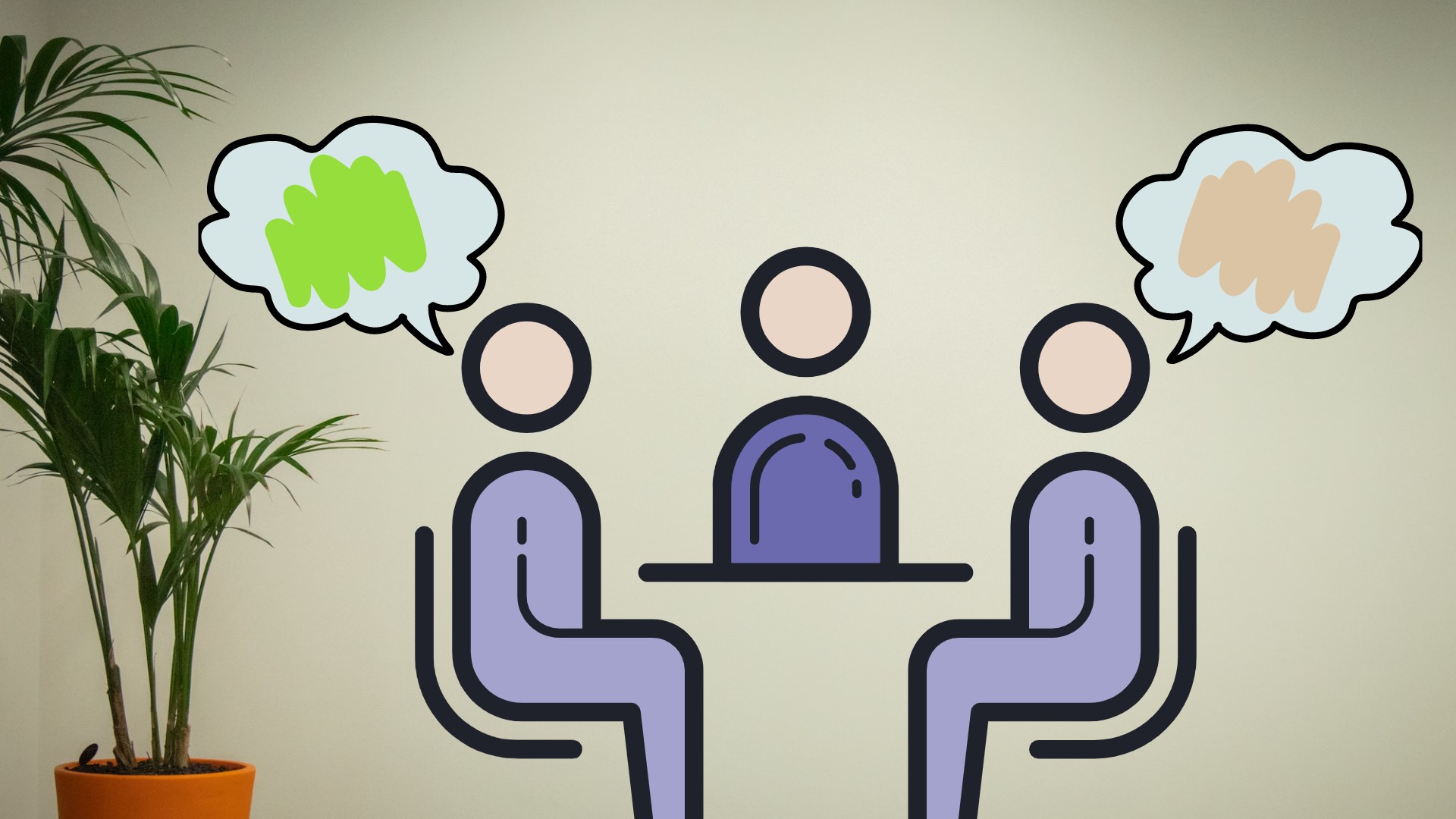
“How about beige?” one may have responded. “It reminds me of the weeds on my lawn, my grandma’s chewed-up couch, and Bob’s ugly work pants.” Bob then responds with a highly offended “Hey!”
But after a long deliberation, they settled on a vomit-inducing, highlighter green — one of the ugliest colors known to mankind. With iPhone users conditioned to associate Android users with a jarring, unsightly stimulus (putrid green), it’s no wonder iOS owners look down on their non-iPhone counterparts like they’re doing the TikTok Rosalía challenge.
The history of the notorious green bubbles
Lighten up, iPhone fans! The outset was just a silly dramatization about the genesis of the notorious green bubbles. I’ll dive into the real history in a bit, but first, let me clear up one major misconception. The Messages app does not have some sort of built-in, anti-Android scanner that slaps incoming non-iOS texts with unsightly green bubbles. It renders all SMS texts, whether they’re from iPhone or Android users, as that eye-sore green everyone hates.
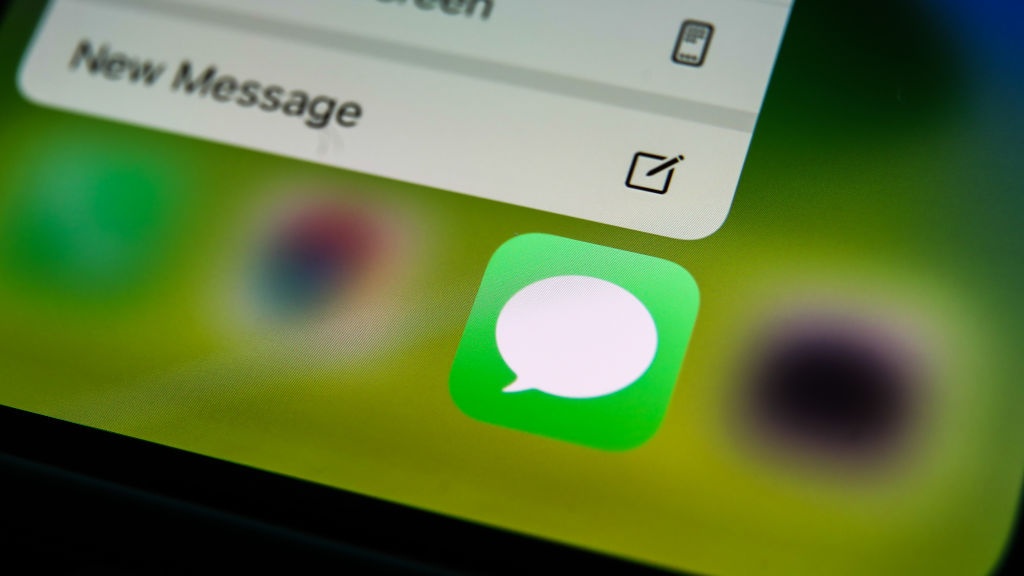
But that doesn’t mean Apple doesn’t have a sinister strategy up its sleeves.
According to the Wall Street Journal, citing former Apple engineer Justin Santamaria, the blue iMessage bubble was born out of a simple engineering necessity. Apple engineers needed a way to easily determine which texts were iMessage-based while working with other formats. As such, the blue-and-green messages stuck as it was rolled out publicly.
“The idea that it could keep users locked in to using Apple devices wasn’t even part of the conversation at the time,” he said.
“At the time” are the operative words here. In many comic books, the evil genius antihero concocts their take-over-the-world plans after an original, innocuous idea — often initially intended for good — incites a “Eureka!” moment. Apple is the supervillain in this analogy. Designating Android users as the green-bubble freaks may not have been its plan at the time, but I do believe Apple eventually understood its impact — and watched it take on a life of its own as impressionable consumers drank the proverbial blue Kool-Aid and marginalized those who didn’t.
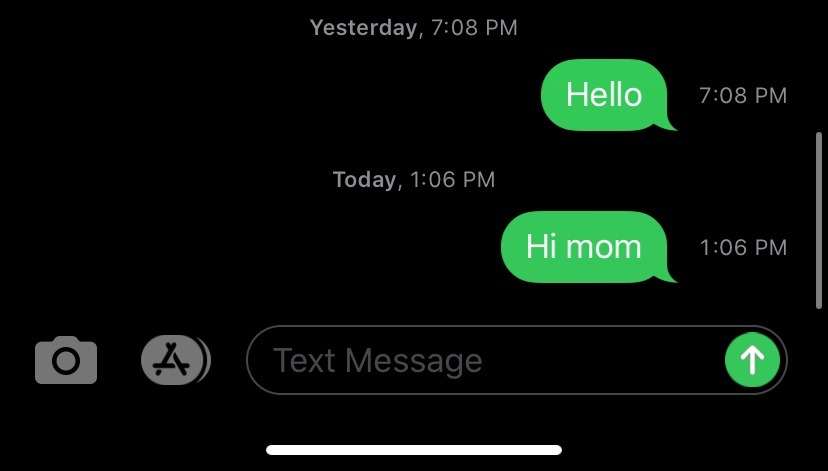
iMessage was first introduced at Apple’s Worldwide Developers Conference in 2011 — the same year beloved features such as iCloud and AirDrop were launched.
It was marketed as a better alternative to Short Message Service (SMS) that works seamlessly between iOS users and iProducts. It “knows” whether the sender has iMessage or not, wrapping a rich, calming blue color around iOS-based texts while “green bubbling” SMS texts.
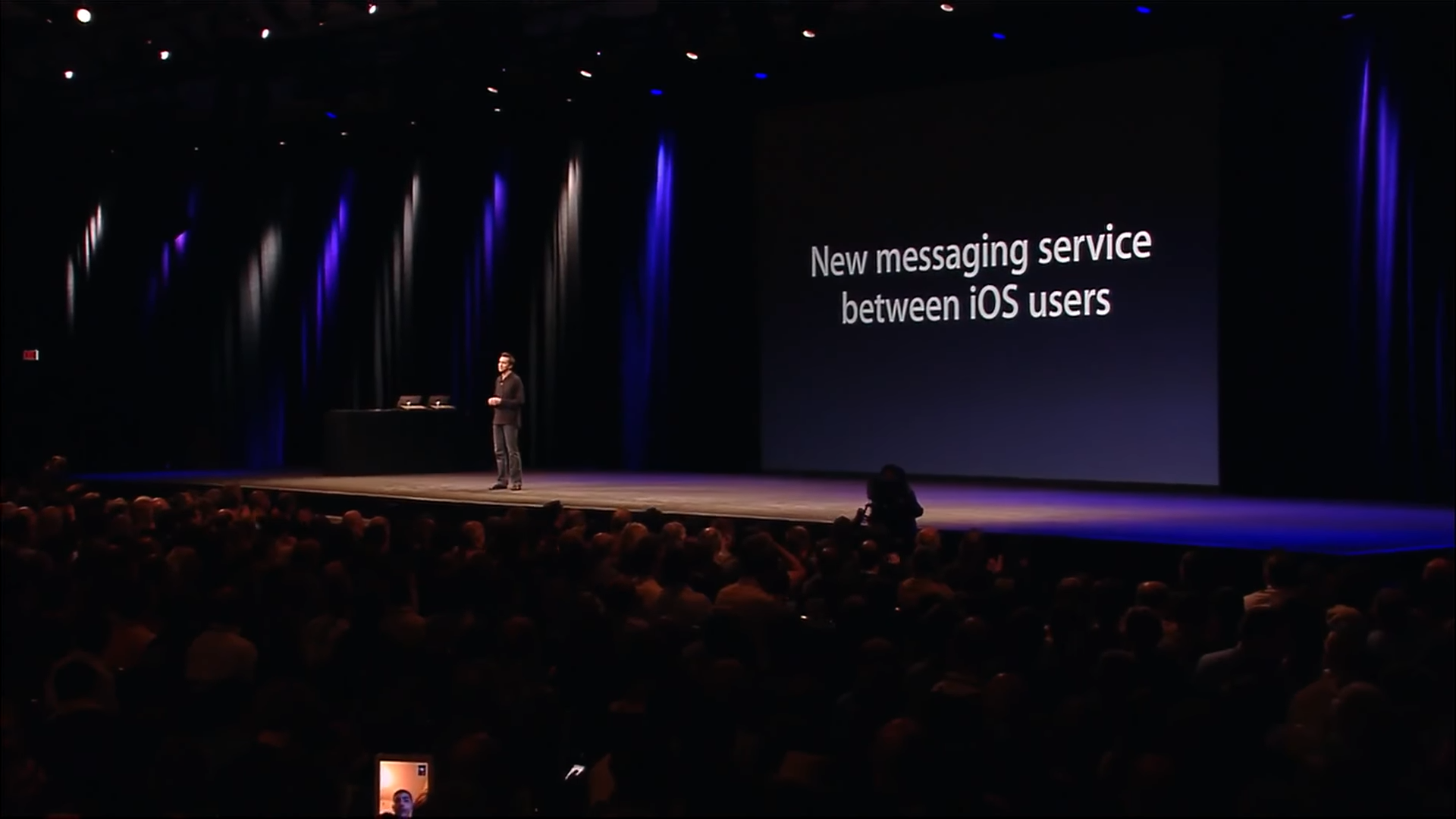
Some will argue that before iMessage arrived, outgoing texts were also green, but come on — you and I both know it’s not the same green. The current green that depicts non-iMessage texts is an absolute eye-sore with strategically poor contrast. It’s so grotesque, it makes me want to claw my own eyes out. The pre-iMessage green bubbles were far more tolerable and easier on the eyes
How blue bubbles became a status symbol
You’ve got to admit, the iMessage platform evolved into a stellar messaging service, adding killer features that leave you feeling starved after making a switch to Android (I can speak from experience), including dot-dot-dot indicators that let you know someone is typing, explosive, full-screen emoji animations, read receipts, in-line replies, and more recently, the ability to unsend and edit already sent texts. In the style of that viral TikTok sound, I am never leaving!
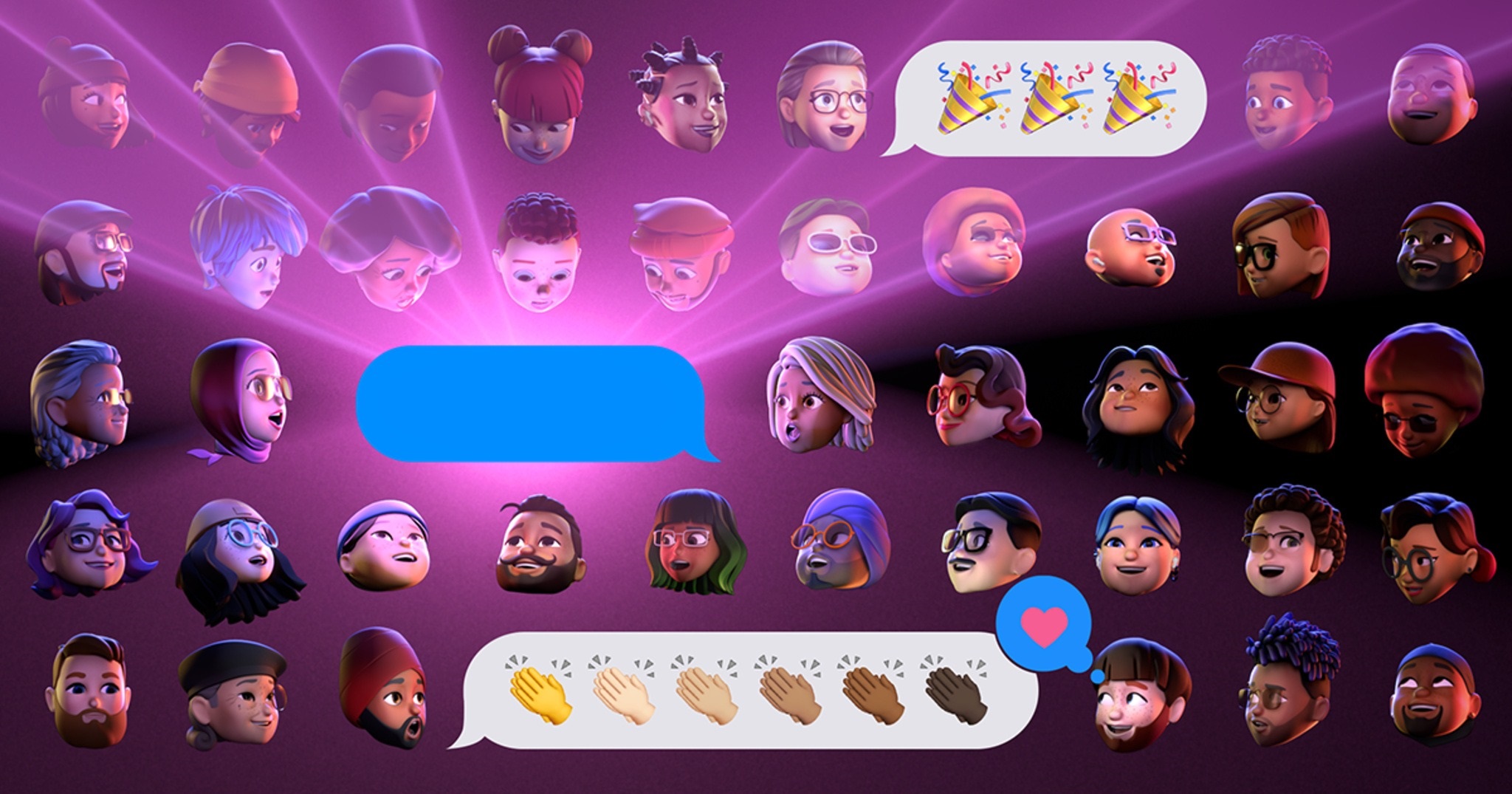
Sure, Android users have WhatsApp, which is pretty damn good, but the difference is that it’s not the default messaging platform on any Android device. Conversely, the Messages app is U.S. iPhone users’ go-to texting platform, making it the crux of the iOS experience. As iPhone owners frolic together in this iMessage paradise where harmonious features such as memojis and FaceTime exist, Apple geniously — and mischievously — painted Android users as the ugly green trolls who show up and disrupt the utopic party.
On the Messages app, the “thumbs up” reaction you send to the green-bubble folks transforms into the dreaded “[Insert name] liked your comment” and you can’t send that cool “congrats” text that turns into an explosive animation either — messaging Android users is no fun for the iPhone crowd!
At WWDC 2014, Apple engineer Craig Federighi couldn’t help but make a funny dig at non-iPhone users by referring to them as “green-bubble friends” in a playful, yet condescending tone. “They have inferior devices and they insist on sending us messages,” Federighi said.
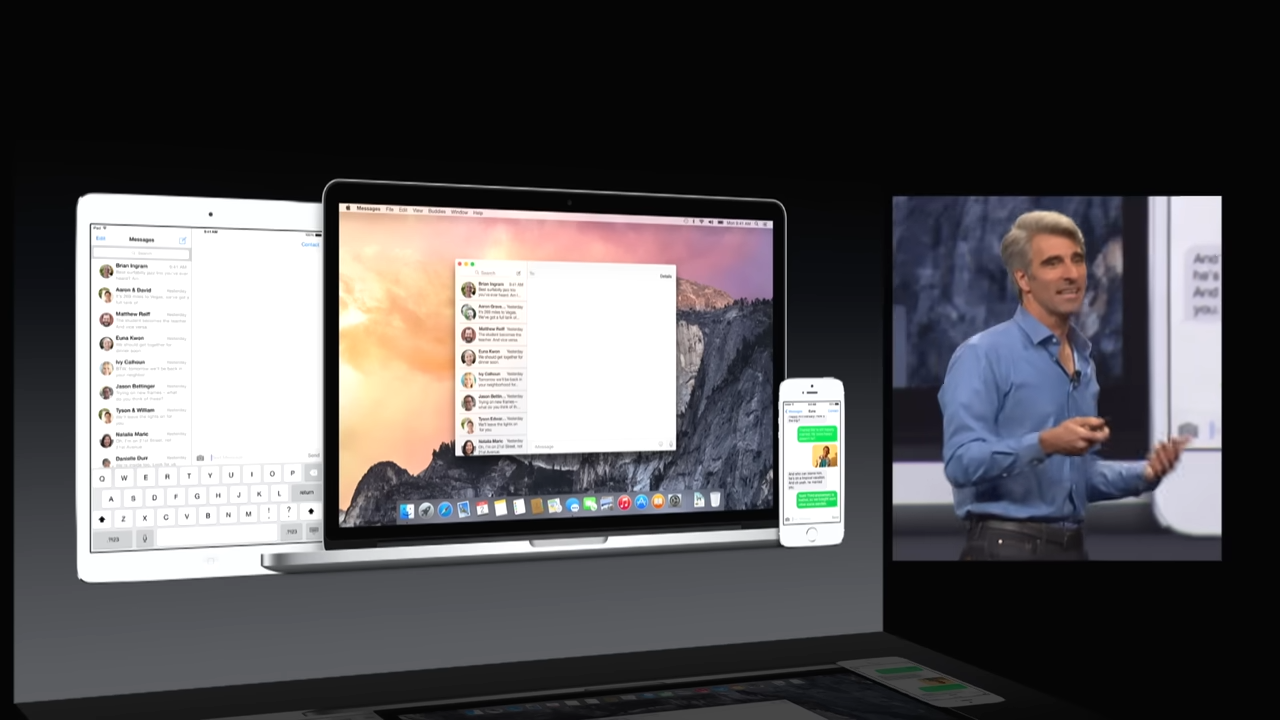
While Federighi was simply joking, there is a cohort of iPhone owners who take this “us vs. them” mentality way too seriously.
Blue vs. green is all fun and games — until it turns to bullying
Social media is rife with iPhone users expressing their disdain for green bubbles. Some go as far as saying they won’t date, befriend, nor associate themselves with anyone whose texts turn green.
“Them green bubbles are a turn off,” @BeardedKing21 said on Twitter, adding a vomit emoji.
“I can’t even bring myself to text someone with green bubbles,”@StankBastard tweeted.
“Upgraded both my parents to iPhones cause I’m tired of seeing those green bubbles,” @Lefty_Layup said.
You may just dismiss this as Twitter folly, but the green bubble hatred has become so widespread, many outlets have covered the phenomenon. The Wall Street Journal published a story about how green-bubble trouble has been plaguing schools in an article titled, “Teens Dread the Green Text Bubble,” hinting that peer pressure and bullying is partially to blame for the fact that a whopping 87% of teens own an iPhone.
As Android Authority pointed out, Cosmopolitan ran a story with the following headline: “Bad News: Bachelor Nation’s Mike Johnson is an Android guy.”
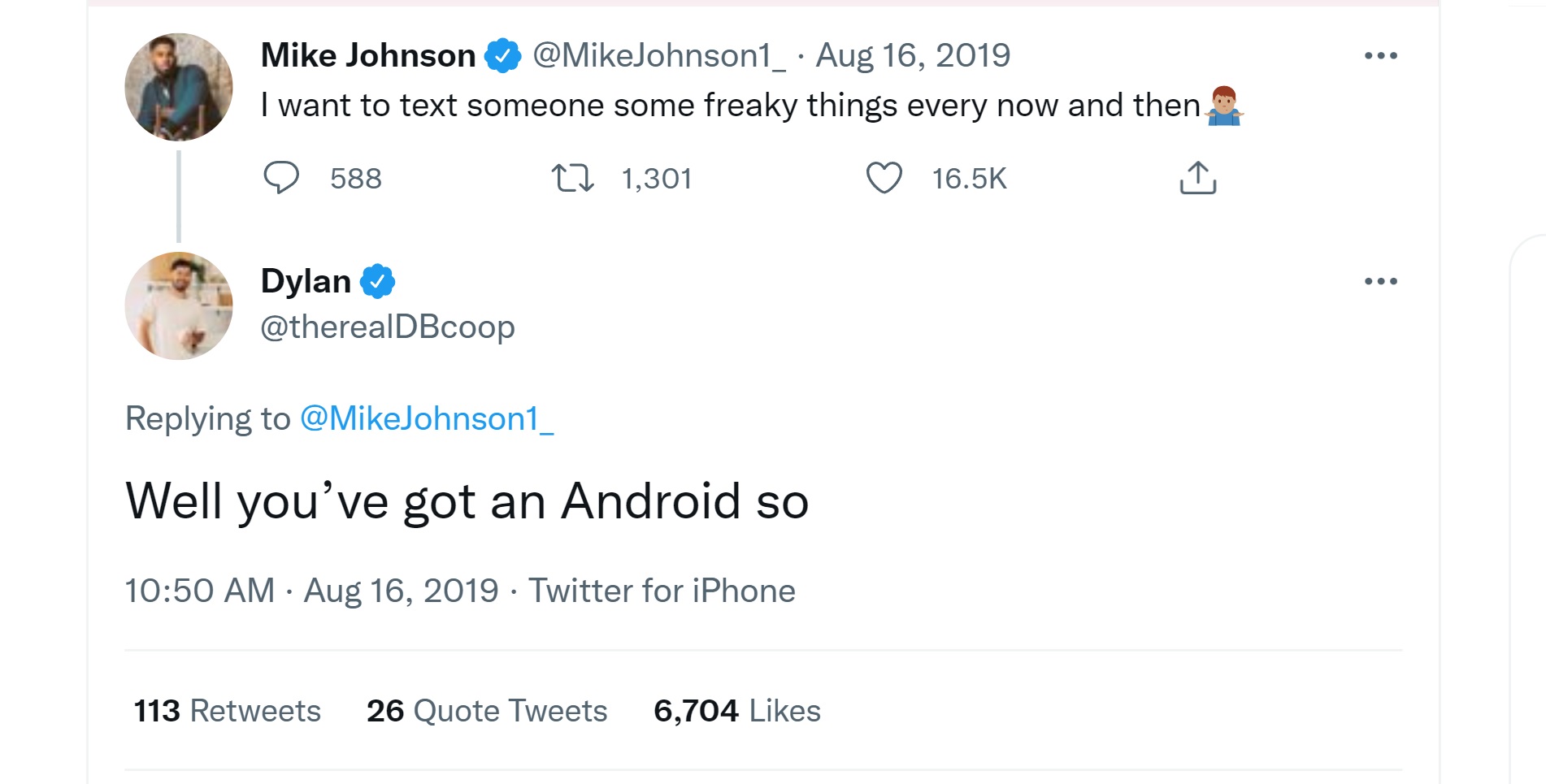
The New York Post ran an article titled, “Sorry, Android users: These iPhone snobs won’t date you,” detailing a niche of single men and women who refuse to be romantically involved with Android owners.
Grayson Earle, an adjunct professor at The New School, gave his two cents to the Post article: “I definitely think that [Apple] intended to create a false in-crowd thing,” adding that the Android texts are “designed to look less appealing” on the Messages app.
I reached out to Dr. Pamela Rutledge, Director at the Media Psychology Research Center, who offered a different perspective on the blue vs. green messaging war. “Blue is more pleasing to read as it fights less with text, but I don’t think this was a scheme to pick an ugly color,” she said. “It is, however, in keeping with Apple’s marketing strategy to not just be different and distinct from all ‘those other guys,’ but provide an elevated psychological experience that is subjectively better. iPhone ownership, therefore, becomes a social categorization tool used to recognize and categorize others. Hence, the people who don’t want to have friends with green messages.”
Of course, not everyone snags an iPhone to enjoy “in-group” perks and status-symbol flexing. After all, the iPhone is genuinely a good product that appeals to security-conscious users, content creators who benefit from the well-integrated Apple ecosystem, and on-the-go vloggers, photographers, and videographers. Hell, I’ve never given an Apple product anything lower than 4 out of 5 stars in my reviews.
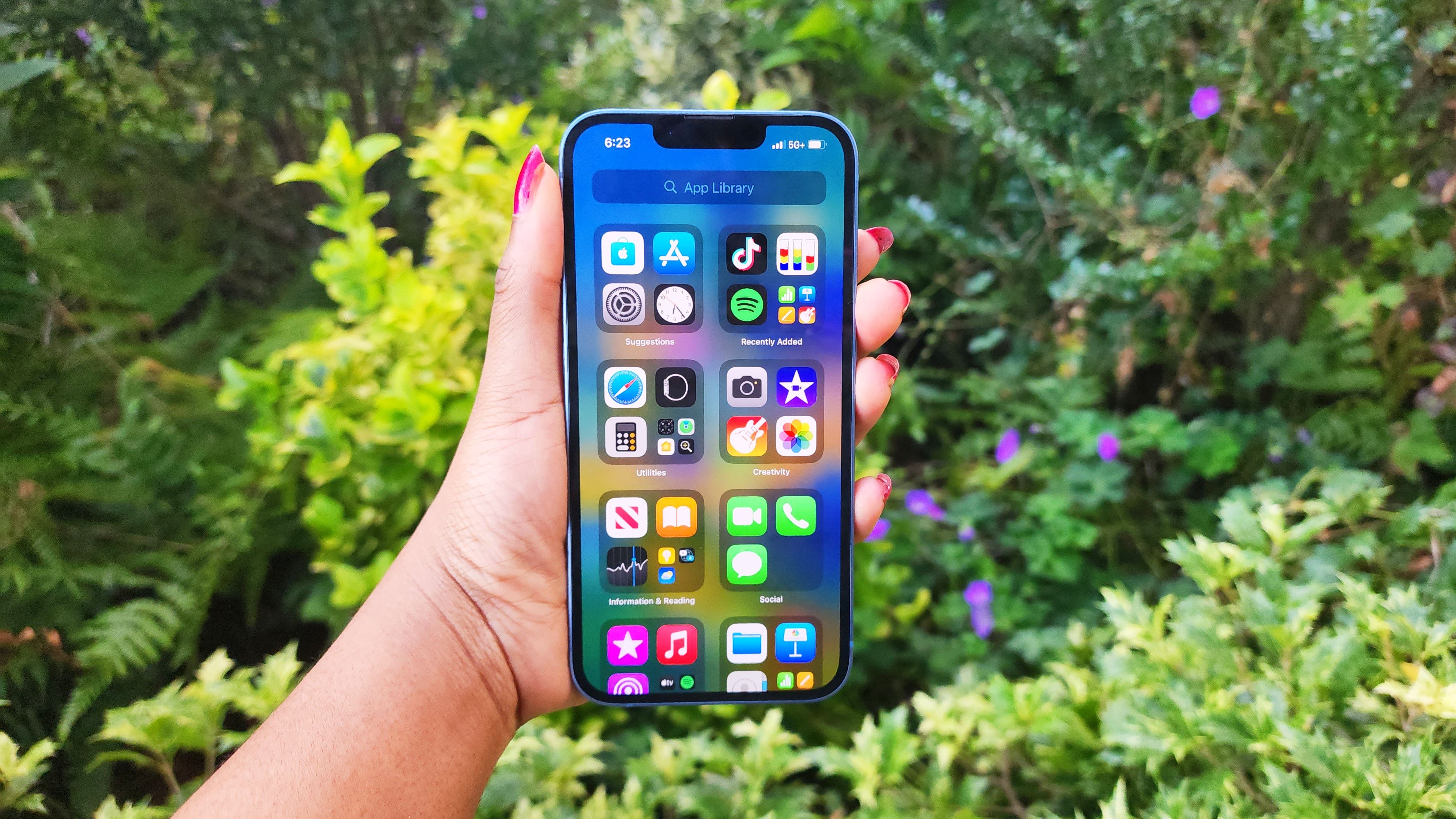
However, as aforementioned, there are a slew of iPhone owners who are puppets of the MacBook maker’s successful dark psychology scheme. Admittedly, it’s a brilliant “I planted the seed and now you’re doing my bidding” strategy that lets Apple throw stones and hide its hands.
Dark psychology and how Apple employs it on iMessage
Whether you like it or not, colors affect your emotions. Most corporations take advantage of color psychology in their marketing efforts, ensuring that they can evoke their desired feelings out of prospective customers. For example, if you have a communication service that promotes networking, social connectivity, and friendliness, you should opt for blue.
That being said, it’s no coincidence Apple uses blue for iMessage users. According to Dr. Brent Coker, a digital and viral marketing specialist, blue is associated with calm, peacefulness, honesty, and communication. Keep in mind that, according to Coker’s list of emotions that are linked to blue, the color doesn’t have any negative associations (i.e. communication, peace, calm, honesty, authority, religion, and wisdom).
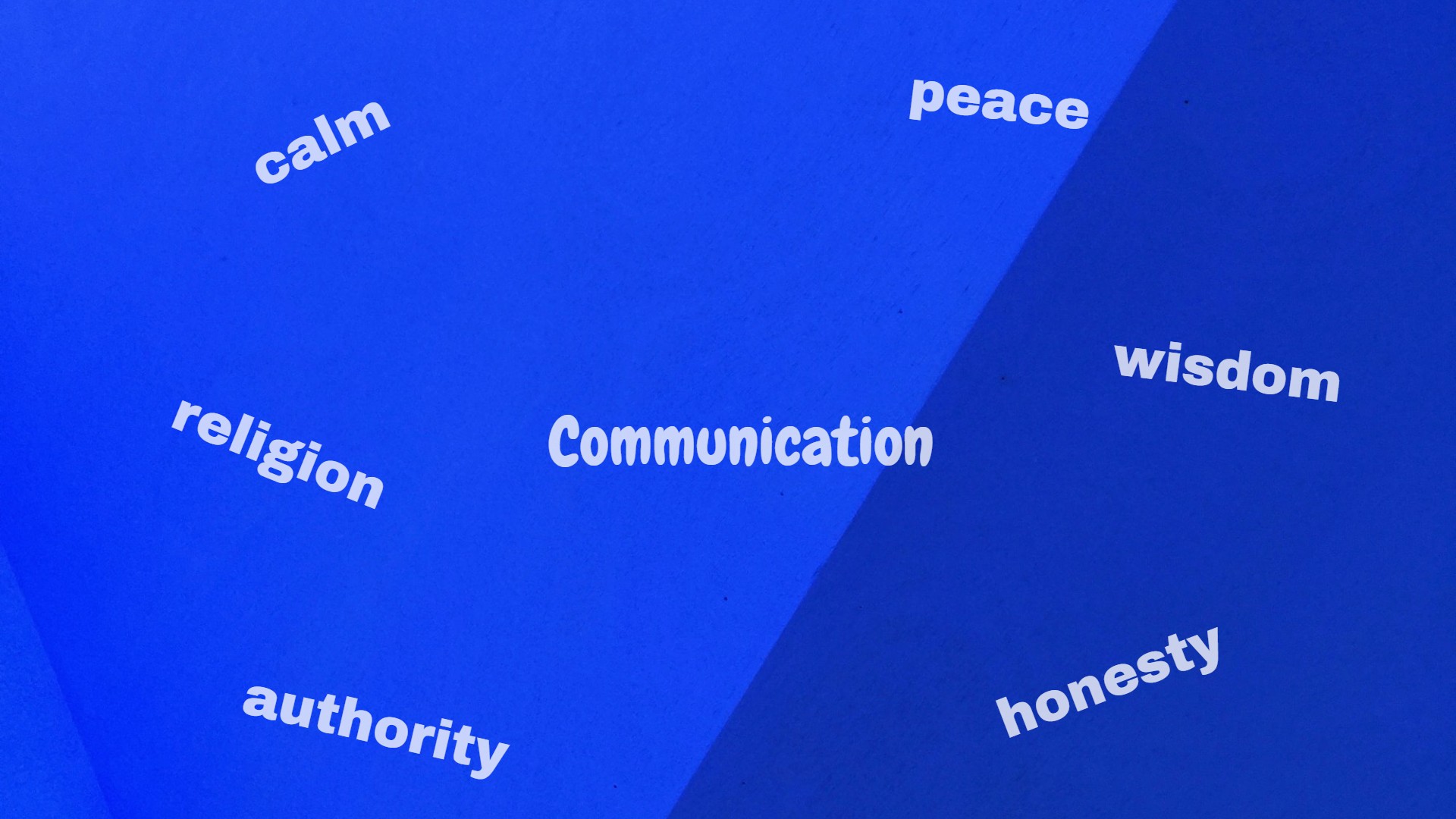
In the same vein, if you wanted to paint someone as jealous, a “I wish I could have what you have” character, you’d use the color green. While Coker says that green is associated with some positive concepts such as wealth and health, it is also linked with negative emotions such as possessiveness and envy. It also doesn’t help that the green color used on the Messages app is damn-near fluorescent while paired with bright white letters and symbols, making it a distasteful, poorly contrasted sight for many iPhone users.
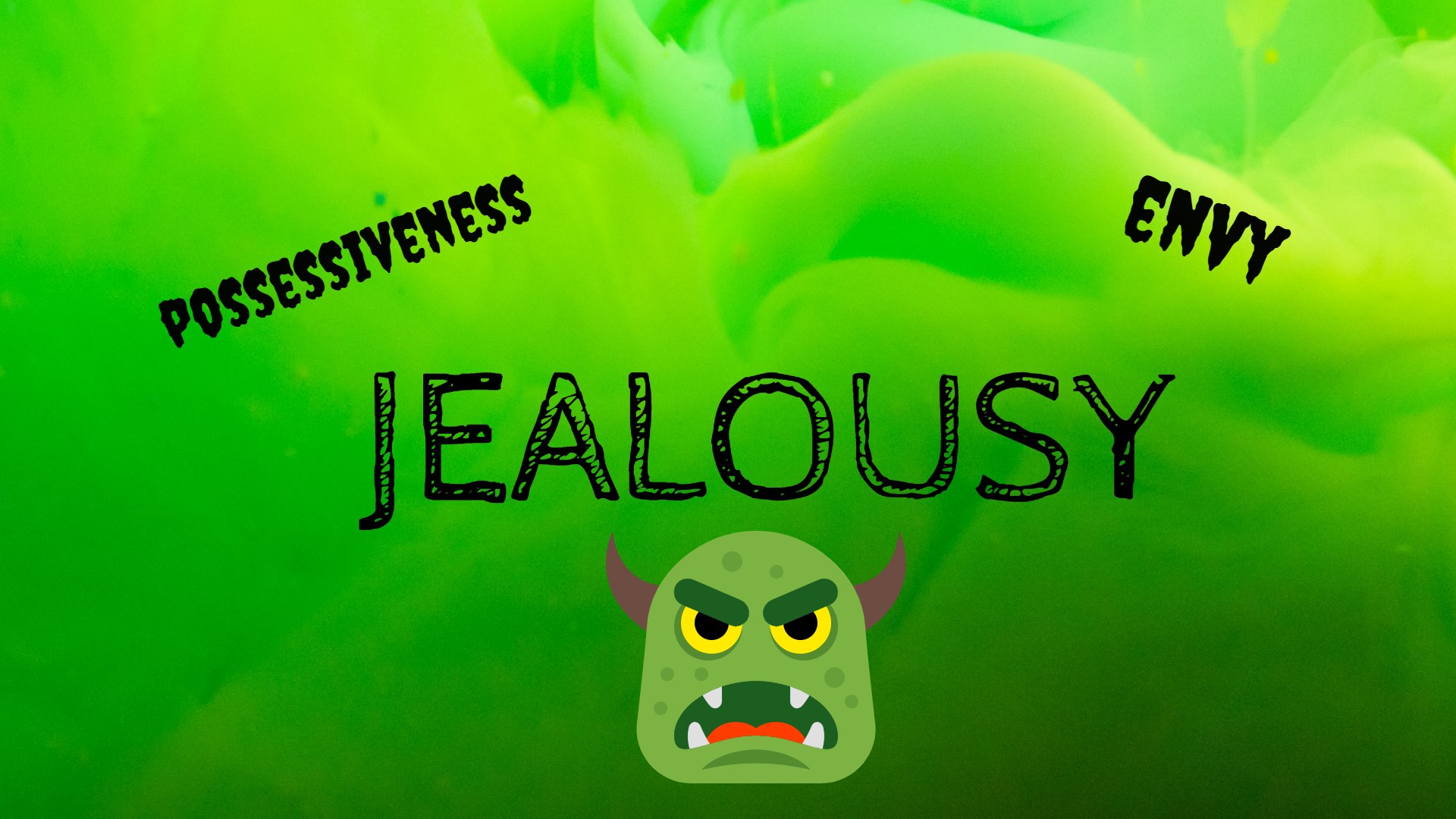
Tapping into my psychology degree, I also noticed Apple working with the ingroup bias strategy, too. Citing Unconscious Bias Coach Sahar Andrade, MB. BCh, Marketing Director Jaqui Genow said, “we all have an unconscious bias because, as humans, we are wired to see patterns. Our brains instinctively categorize whatever we come in contact with in our daily lives as a survival tool.” As such, we use differentiating indicators, color included, to determine who is in our “ingroup” — and who’s banished to the outgroup.
Diving into the evolutionary origin of the ingroup and outgroup mentality, Dr. Rajiv Jhangiani and Dr. Hammond Tarry said: “Differentiating between ‘us’ and ‘them’ probably helped keep us safe and free from diseases, and as a result, the human brain became very efficient in making these distinctions. The problem is that these naturally occurring tendencies may lead us to prefer people who are like us, and in some cases, even to unfairly reject people from outgroups.”
As mentioned, allotting different colors to two different groups may seem innocuous — to a point where many might say, “You’re just being dramatic!” Little do they know that they’ve fallen for Apple’s “it’s subtle enough to appear innocent, but this is insidious AF” strategy. Feeling a false sense of superiority and determined to preserve exclusivity, many iPhone users go to bat for Apple, belittling Android users for owning a non-iOS device.
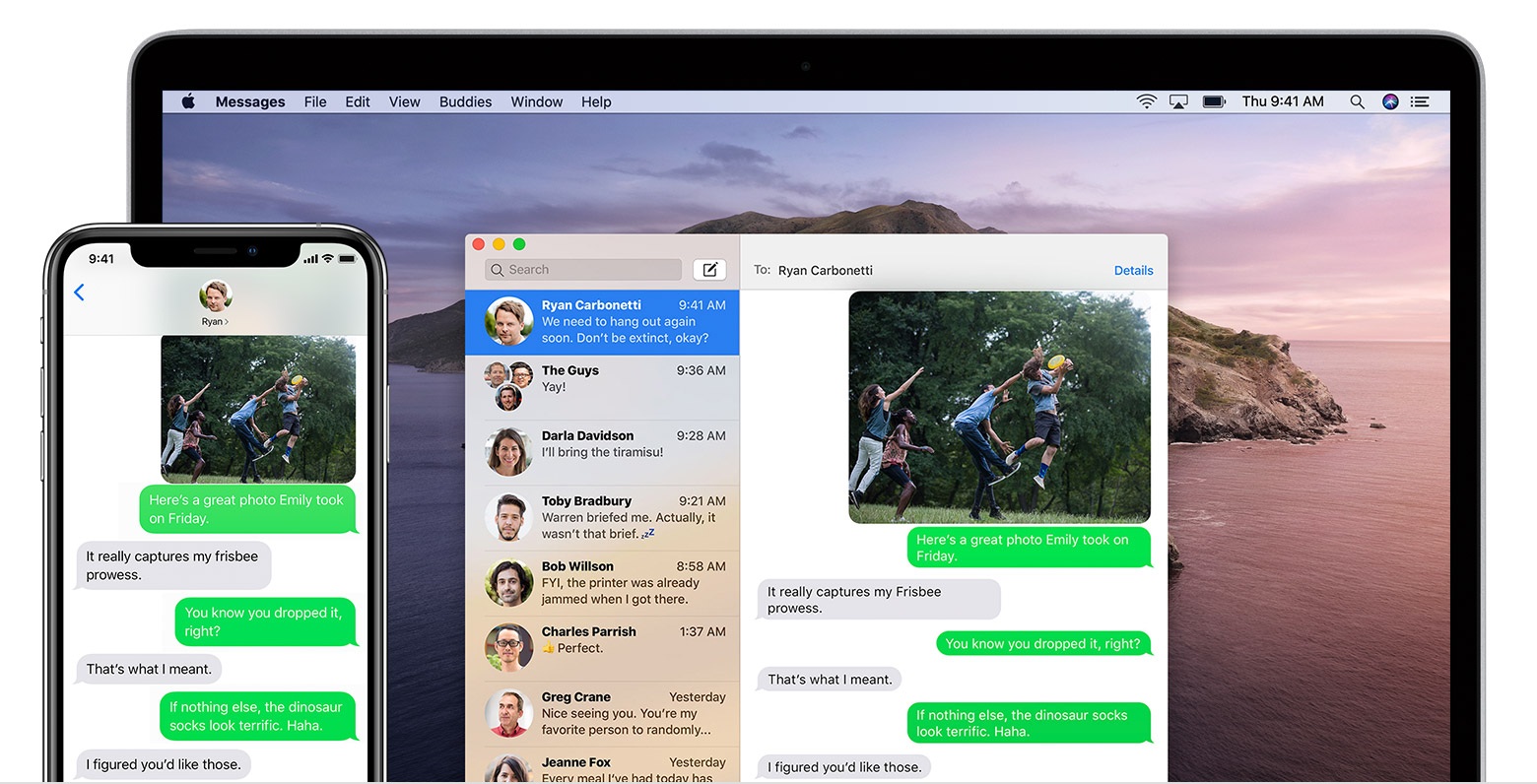
However, we can’t help our human nature; we instinctively categorize others into ingroups and outgroups by using the most frivolous differentiators, colors included. The green-bubble-trouble phenomenon causing a hostile rift between iPhone users and Android users is no coincidence. The company cultivated an Android aversion among its users with the simple use of dark psychology — and I can’t help but stan the calamitous cleverness.
Bottom line
When Hiroshi Lockheimer, SVP of Google products (including Android), called Apple out for “using peer pressure and bullying” as a part of its marketing strategy, it wasn’t received well, inciting Apple fans to pull out their pitchforks.
Understandably, iOS users perceived Lockheimer’s comments as nothing but sour grapes and bitterness. After all, the iPhone 13 is the best-selling phone this year, according to Counterpoint. The second, third, and fourth places are taken by an iOS device, too. An Android, the Galaxy S22 Ultra to be specific, finally showed up in 5th place.
While Lockheimer may have ulterior motives, he isn’t wrong. Those jarring green bubbles are not the innocent differentiators you may think they are. Apple is too smart to be oblivious to the subtle power of its dark psychology. As such, it geniously painted non-iPhone users as the “outgroup” in the Messages app — and kicked its feet up to watch the chaos unfold. It was only a matter of time before snobs took the bait, joined the Apple army, and marginalized the “Android freaks” for something as silly as green bubbles.
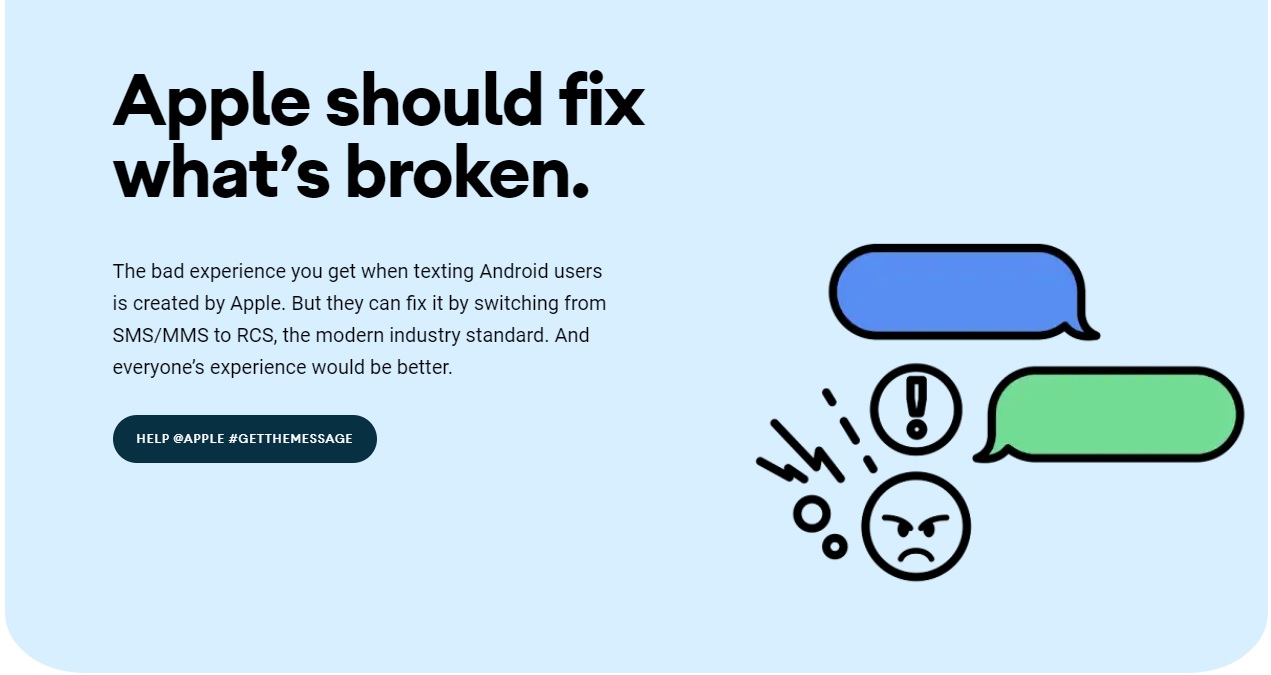
Android recently launched a campaign to encourage Apple to hop on the Rich Communication Service (RCS) bandwagon, which promotes interoperability between iOS and Android. ”It is hard enough for us when [Apple’s] products refuse to work [in harmony with others], but when they stoke the fires of division, rather than embrace diversity, it isn’t funny. It is surprisingly serious,” said Dr. Richard Graham, a Child & Adolescent Psychiatrist and Digital Wellbeing Consultant. However, it’s clear Apple has no intentions of yielding. When a journalist complained to Apple CEO Tim Cook that he struggles to send videos to his Android-owning mom, he joked, “buy your mom an iPhone.”
While I can’t help but wince and roll my eyes at Cook’s tone-deaf comment, I can’t say I’m #TeamLockheimer either. Apple, at the end of the day, is a business whose sole purpose is to make money (lots and lots and lots of money) — not to coddle its noncustomers and make them feel more comfortable. All I can hope for is that this piece sheds light on the dark-psychology tactics Apple uses to transform iPhone users into pro-iOS enforcers, helping to drive up its already skyrocketing sales. It’s genius, albeit evil.




